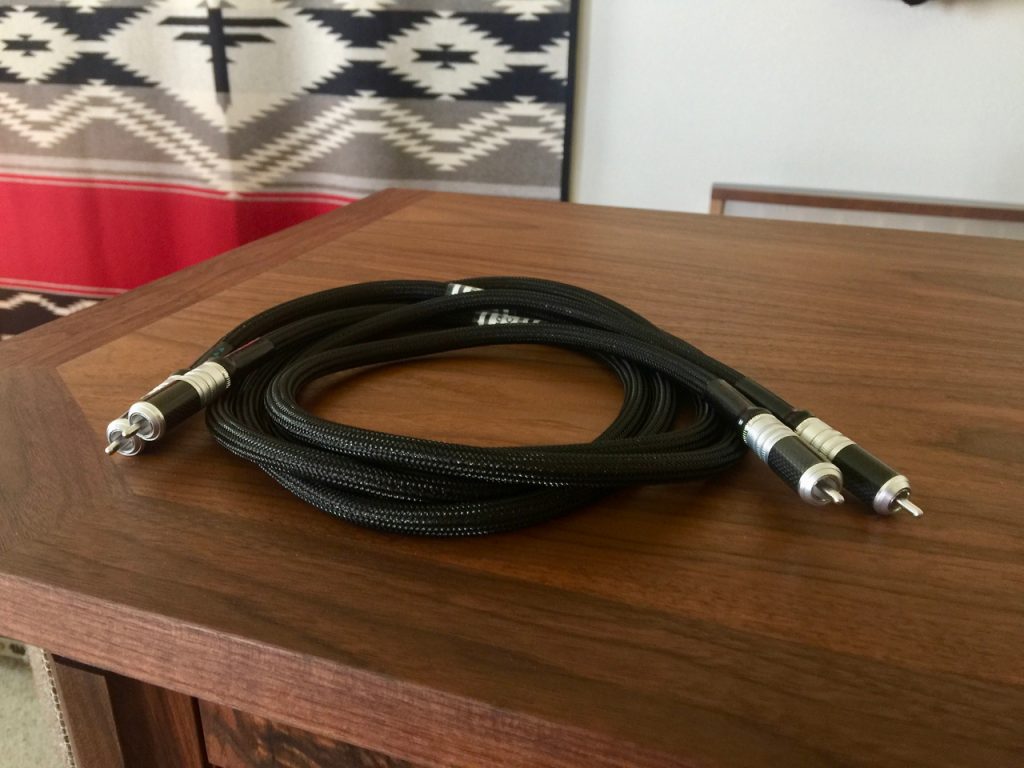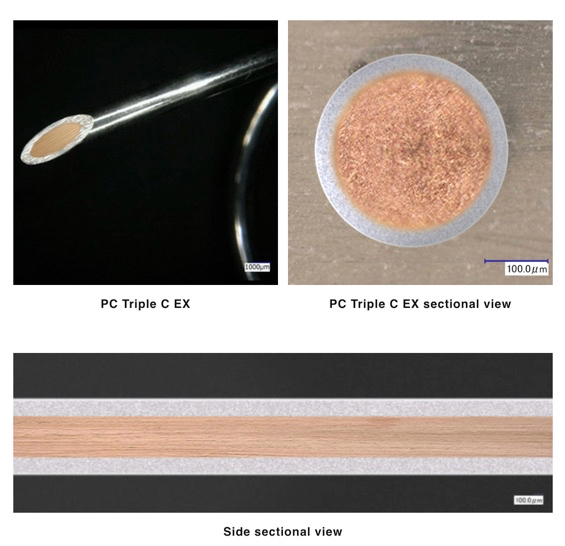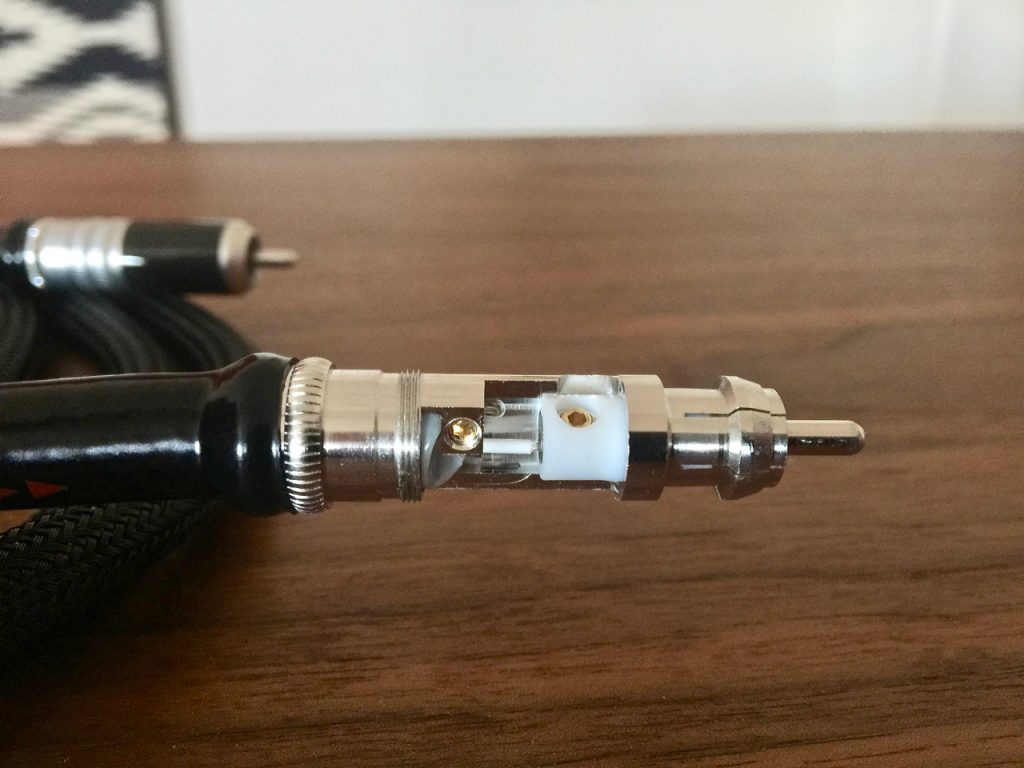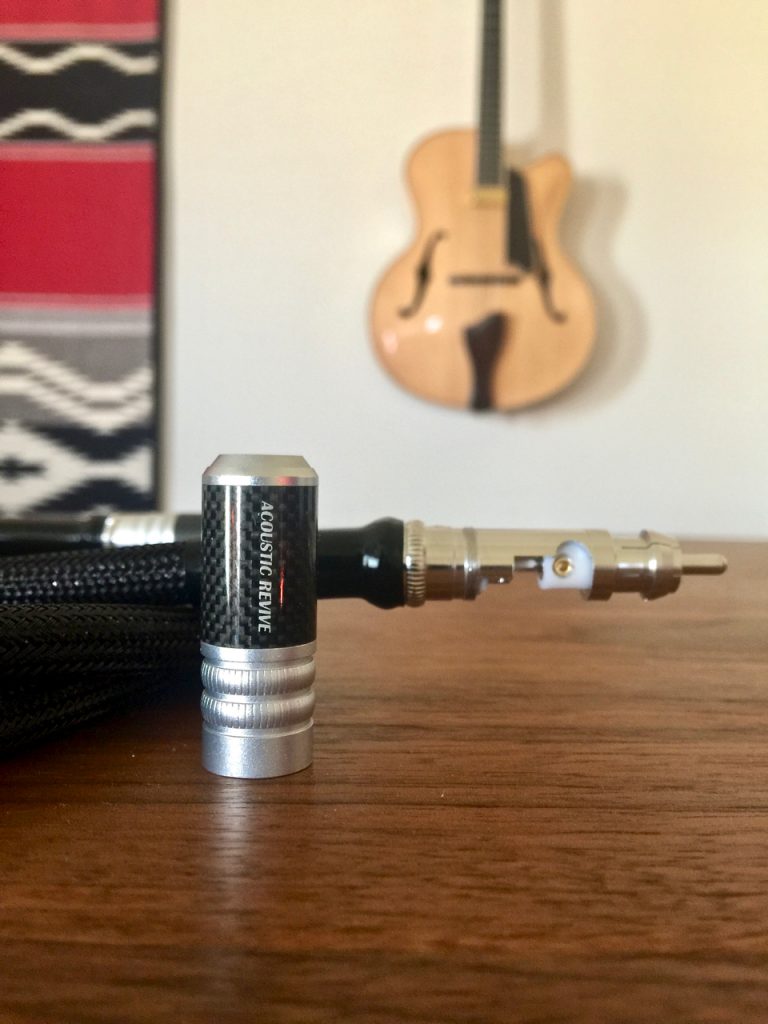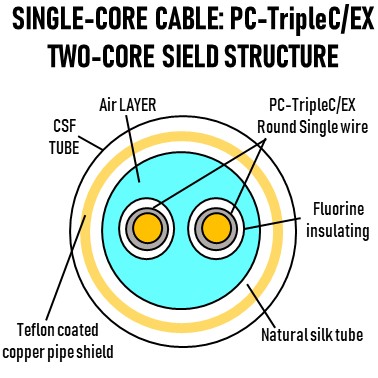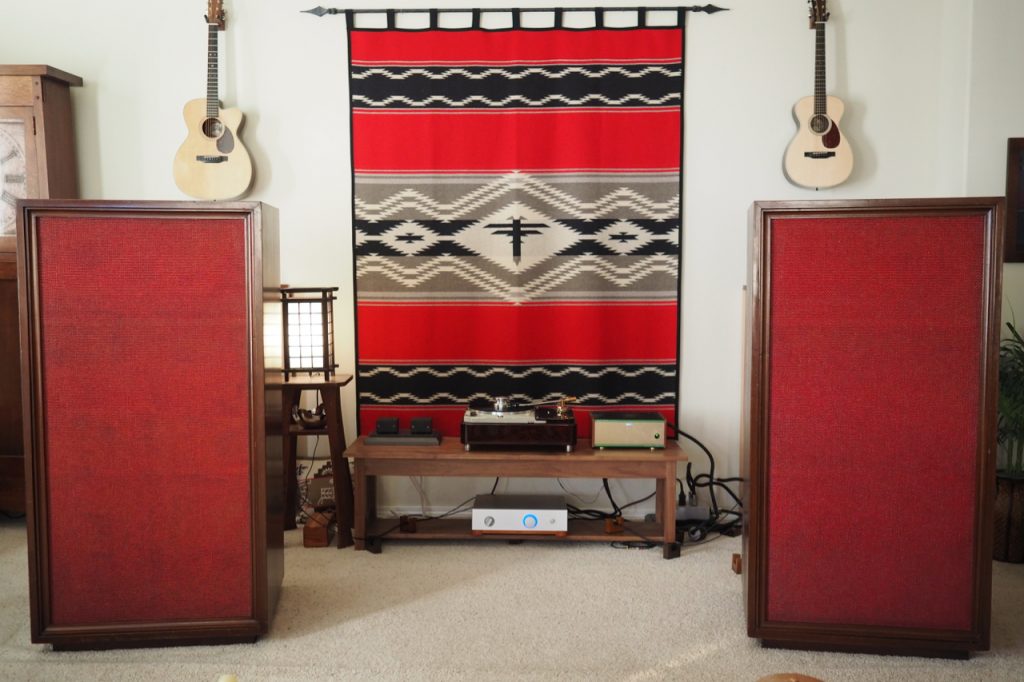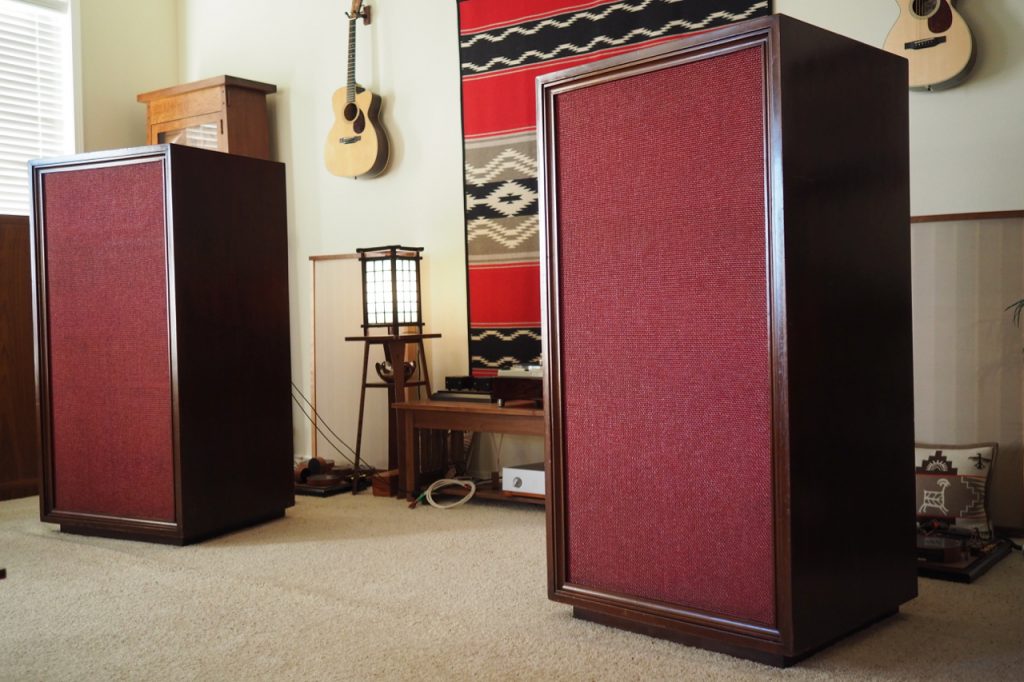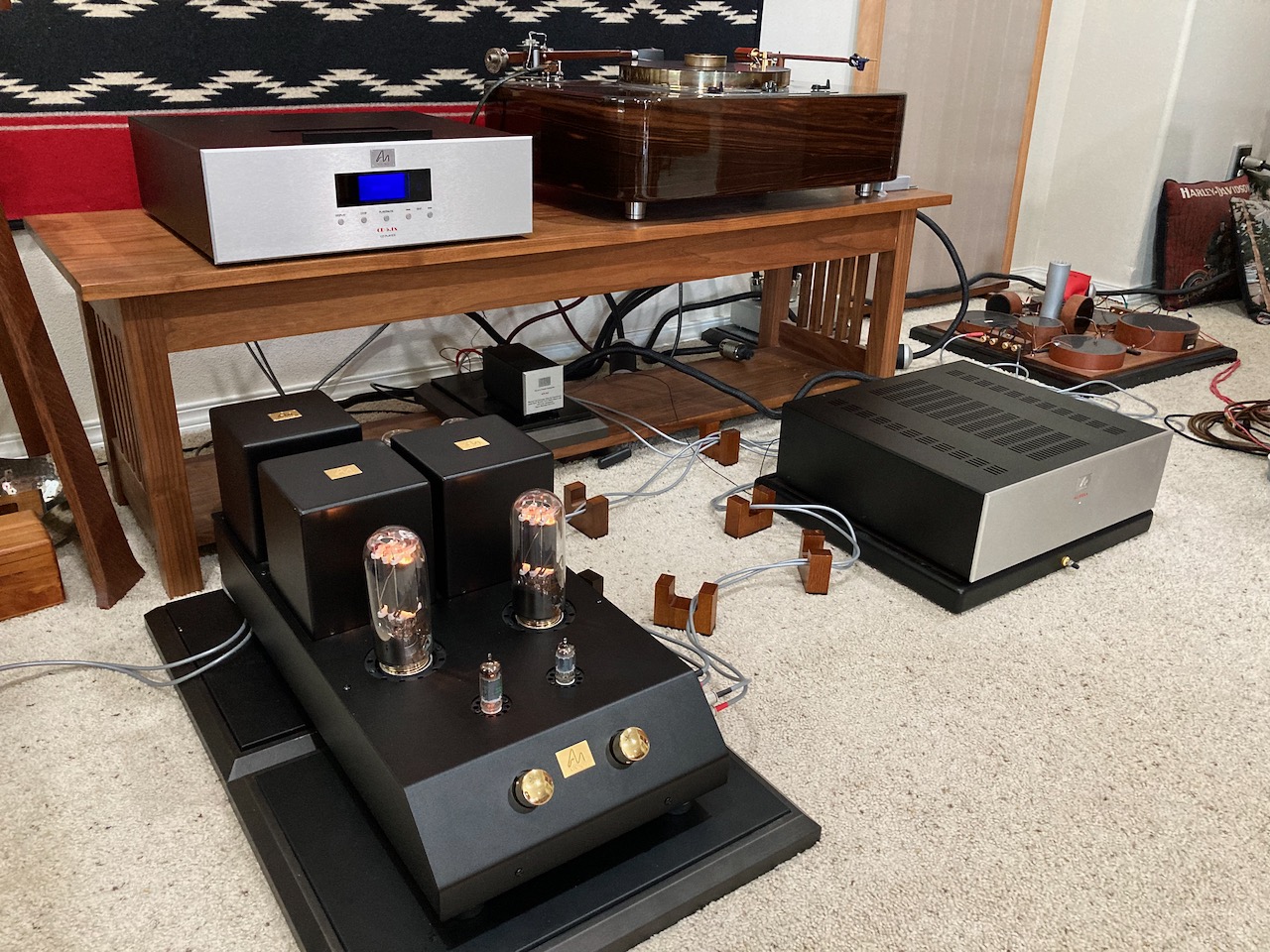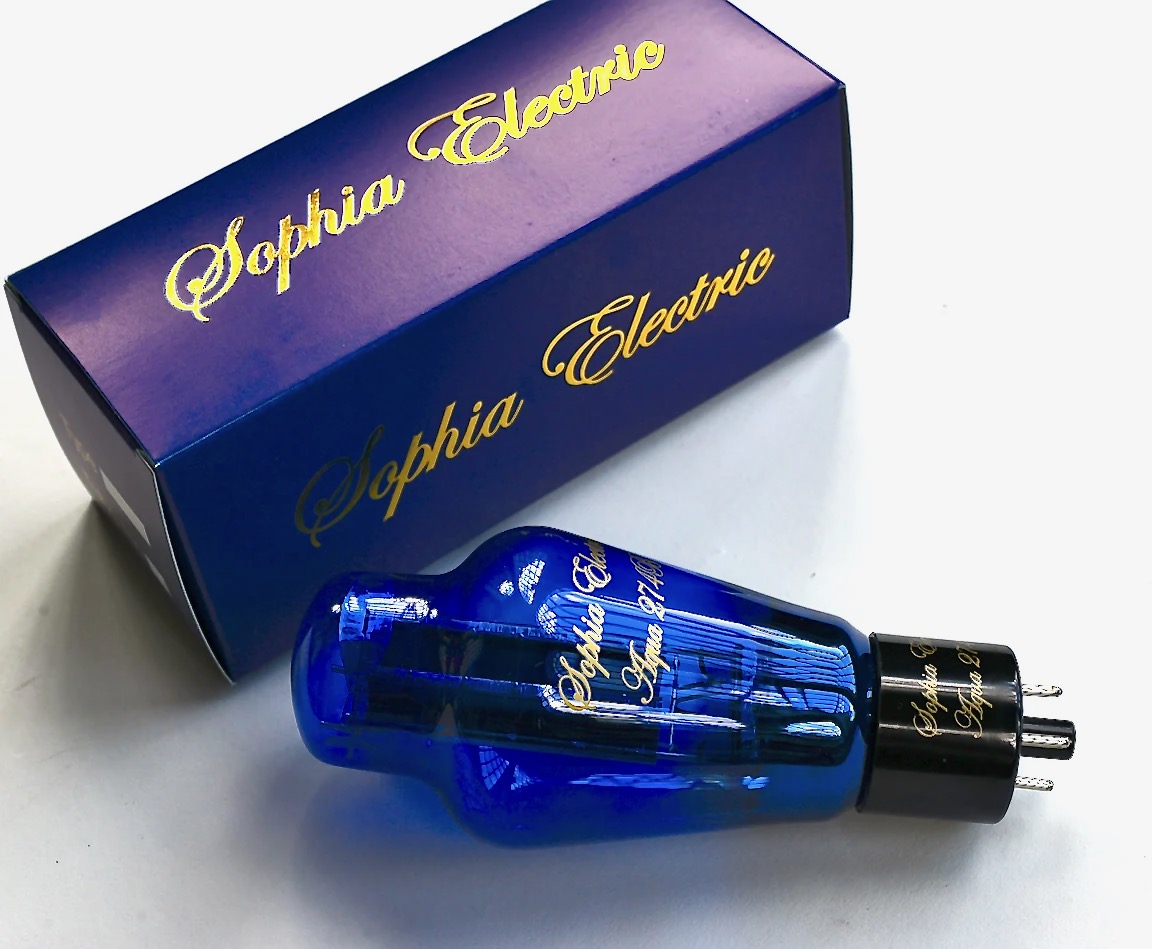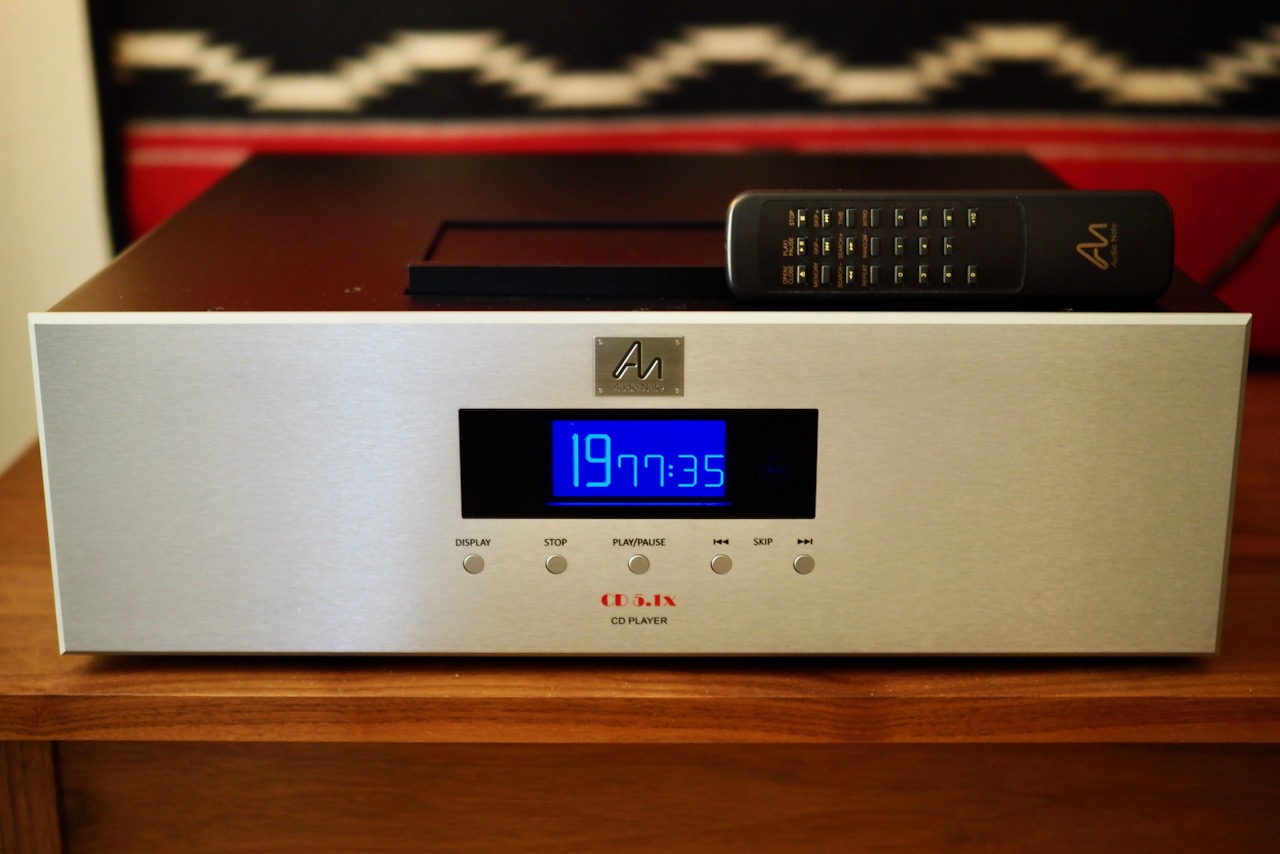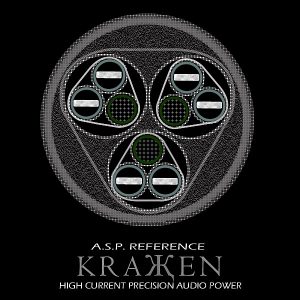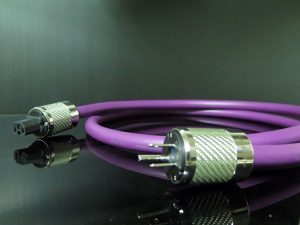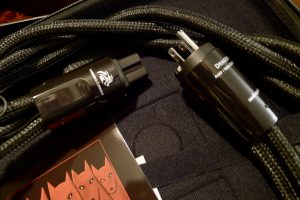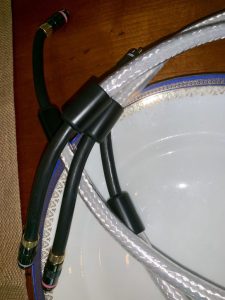Essentially, the Furutech FI-50 NCF Rhodium power plugs are mini-components all by themselves, and are intended to be the power plug equivalents of the Sirens of Greek mythology, power plugs that lure in audiophiles with their enchanting musical voices and shipwreck our perceptions of what a power plug can do. Beware, if you listen to their Siren song your fate may be sealed!
Just one look & touch of the Furutech FI-50 NCF Rhodium power plugs pretty much awes me, they're nice!
The PC-Triple C conductors are joined to the NCF(R) Piezo Ceramic Furutech AC plugs using a screw fastening method that Acoustic Revive developed with Matsukin Co., Ltd., which eliminates the sound quality degradation of solder.
Acoustic Revive RCA Absolute FM Interconnects ($11,950 USD for a 1-meter pair, for longer lengths each additional 1/2 meter adds $5250 USD)
The Acoustic Revive RCA Absolute FM Interconnects utilize the new PC-Triple C/EX forged hybrid silver-copper conductors.
The new PC-Triple C/EX conductor is a unique affair, and in very simplistic terms it is 5N purity grade silver tubing with a 5N purity grade copper conductor running through its center. These silver-copper conductors are then forged via the compressive forces of being drawn through a die to form a single-wire conductor.
Ken-san says about the forging process, "The PC-Triple C/EX conductor was developed by FCM and Promotion Works, and is a breakthrough in which the current flows in both the silver and copper crystal structures while firmly integrating 5N grade silver and 5N grade copper by a forging manufacturing method into a single conductor. Its conduction rate is 105% IACS of copper alone, and it is no exaggeration to say that it has already reached superconductivity. At Acoustic Revive, this PC-Triple C/EX is adopted as a single wire with the maximum manufacturing diameter, which makes it possible to reproduce ultra-wide range with unprecedented transmission speed."
A quick note from me about "superconductivity" to those who have might not have experience with the topic. Being involved with projects using superconducting wires and materials at the US national scientific laboratory I worked at as a physical scientist before I retired, I can tell you that Ken-san is not saying that the PC-Triple C/EX conductor is a "superconductor" in the scientific sense of the word (i.e. in a superconductor the resistance drops to zero when the material is cooled below its critical temperature), as at this point in time a room-temperature superconducting material does not exist.
Rather, Ken-san is saying that the PC-Triple C/EX forged silver-copper hybrid conductor is a "super" conductor in terms that it exceeds the IACS rating of pure copper, which is defined as 100%, and matches the IACS rating of pure silver at 105%. I mention this to clarify as I didn't want what Ken-san is saying to be misunderstood as a scientific claim of room temperature superconductivity.
Acoustic Revive commissioned custom high-performance RCA plugs manufactured by the Matsukin Company for use in the RCA Absolute FM Interconnect. They feature a vibration damping structure composed of duralumin (a hard, light alloy of aluminum with copper and other elements) and brass, and carbon fiber. The metal structure has a non-magnetic silver-rhodium plating. The plug's electrode is made of a tellurium copper alloy, which offers a conductivity of 57% instead of the more typical 38% of a brass electrode. These RCA plugs also incorporates screw fasteners for the conductors instead of soldered joints, so there is no conduction deterioration due to solder (below).
Ken-san says, "Finally, we jointly developed a new screw fastening method with Matsukin Co., Ltd., which eliminates the sound quality degradation of solder."
The "FM" in the product name of the Acoustic Revive RCA Absolute FM Interconnects comes from the use of FINEMET® beads in their design. FINEMET® beads are composed of a nanocrystalline soft magnetic material for noise suppression, and you can see in the graphic below the level of noise suppression they offer.
In the graphic below you can see a cross section of the construction of the Acoustic Revive RCA Absolute FM Interconnects construction.
Working from inside to outside of the diagram above, first you can see the location of the forged silver-copper hybrid solid-core wires coated with a fluorine based insulating material. The conductors reside within natural silk tubing which provides an air dielectric layer and damping for the conductors. The next layer is flexible copper tubing coated in Teflon that provides shielding. The outer layer is high-carbon mesh tubing that provides additional shielding and an antistatic effect.
Acoustic Revive PC-TripleC/EX Headshell Lead Wires ($1075 USD for a set)
I've long been an advocate of specialty high-performance headshell leads to get the most performance out of a cartridge and system, as anything you lose off the front end is gone for good.
Using the generic headshell leads that come with a headshell in a high-performance audio system is about like using the cheap interconnects that come free with mass-market electronics, and with them you'll never be able to realize what your system and album collection is really capable of musically and sonically.
If you've never had a chance to try high-performance headshell leads yet, you're in for a treat one of these days, as they can make a remarkable difference, and at least as much of a difference as high-performance power cords, speaker cables, or interconnects can.
The new Acoustic Revive Absolute PC-Triple C/EX Lead Wires use the same PC-TripleC /EX forged hybrid silver-copper conductors, but in a Teflon insulation in a 1mm gauge for headshell leads. The cartridge clips are made by the Matsukin Company in Tomioka City.
About the lead wires, Ken-san says, "The Absolute PC-Triple C/EX lead wires are manufactured by Mr. Shingo Tadasawa of KS-REMASTA who is a lead wire artisan."
Suffice it to say that Mr. Shingo Tadasawa has turned building headshell lead wires using exotic wire—like the PC-Triple C/EX—into an art form, and he has created quite a sensation in Japan with audio enthusiasts and music lovers for his lead wires' high-performance musical & sonic attributes.
I wish that my photos did them justice—they are beautifully made. Having built quite a number of specialty tinned-copper lead wires for my own headshells, I can attest to how difficult it can be to get the sort of beautiful result that Mr. Shingo Tadasawa of KS-REMASTA has achieved with his lead wires.
If you search on "Mr. Shingo Tadasawa of KS-REMASTA" you'll find mini-reviews on various Japanese web sites of his lead wires—they are works of musical art!
Review System
The hifi system used for this review is a very special and astonishingly musical & satisfying hifi system that is a combination of vintage and modern hifi components.
First let me tell you about the vintage "Stokowski" Altecs, which I have fallen in love with for their wonderful musicality.
Altec made these custom loudspeakers for conductor Leopold Stokowski (1882-1977) to listen to music at home with while he lived in New York.
Some of you are aware that Dr. Stokowski collaborated with Altec in the development of loudspeakers used for his symphonic recordings in order to get as close to the live sound he heard in concert performances as possible—the multi-talented Dr. Stokowski also had a doctorate in audio engineering—and given his very hands-on approach to all things audio I would not be surprised to learn that he was intimately involved in these loudspeakers' components selection and design.
The Stokowski Altec's individual components suggest early Altec A7 Voice of the Theatre loudspeakers, with 803B 16-Ohm bass drivers housed in modified 825 style bass horn cabinets, Altec 804A 16-Ohm compression drivers on Altec 511B horns, and Altec N-500-D crossovers.
The primary difference between Altec A7s and the Stokowski Altecs are the massive wooden cabinets the speakers were enclosed in to make them a little more domestic-friendly from an appearance standpoint.
The cabinets that enclose the Stokowski Altecs also provide substantial reinforcement for the 825 style bass horns, with a divider shelf between the two horn sections, which would normally be an 825's top panel, and which acts as a massive cross-brace to the cabinets' sidewalls. The rear of the cabinet is broken into three segmented panels with further cross-bracing for the sidewalls, whereas the 825 is a large single screw-mounted panel with no cross-bracing. The front panels are inset on the oversized sidewalls, so they too are acting as additional bracing. The mounting panel for the 511B is also be acting as yet another cross-brace. As eagle-eyed reader, Grant, said about the Stokowski Altec's cabinets, "The rigidity of the Stokowski cabinet is probably off the charts compared to the 825."
The production of Altec A7 Voice of the Theatre loudspeakers commenced in 1966, so these custom Altec speakers that were built for Dr. Stokowski would have preceded the commercial release of the Altec A7 by at least a couple of years, as they were probably made during the period when their drivers were produced, 1961 to 1964.




